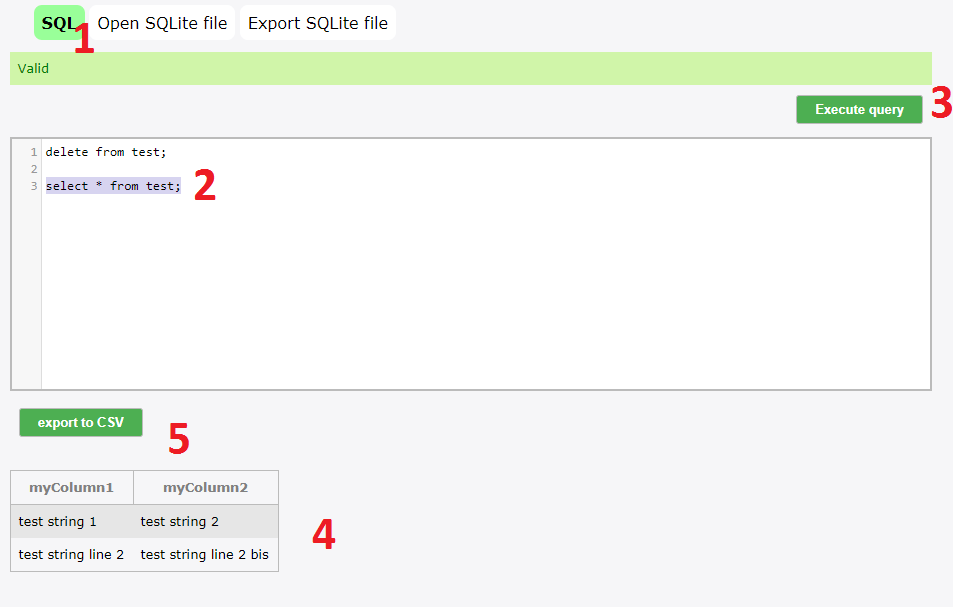

However, if you have never seen an app that utilizes the SQLite APIs, this section will show you an example of how to use them in your apps. If you have written an app in the past that utilizes the SQLite APIs in Java, this chapter will show you how to use them with Kotlin, instead. Another is that you need to write a lot of boilerplate code to connect and transform SQL queries and data objects. One disadvantage to using the SQLite APIs is that there is no compile-time verification of the raw SQL queries, and if the database structure changes, the affected queries have to be updated manually.

Currently, it’s recommended to use the Room Persistence Library instead, which will provide an abstraction layer for accessing the data in your app’s SQLite databases. It’s capable of creating in-memory databases, which are very fast to work with.Īndroid provides the APIs necessary to create and interact with SQLite databases in the package.Īlthough these APIs are powerful and familiar to many developers, they are low-level and do require some time and effort to use.It allows a single database connection to access multiple database files simultaneously.

This means you can store a value in any column, regardless of the data type. Some distinctive features of SQLite include: SQLite is a library that provides a DBMS, based on SQL.
SQLITE BROWSER FOR ANDOI APP ANDROID
The default database management system (DBMS) that Android uses is called SQLite. However, sometimes an app needs to store larger amounts of data in a more structured manner, which usually requires a database. Using Files and Shared Preferences are two excellent ways for an app to store small bits of data.


 0 kommentar(er)
0 kommentar(er)
